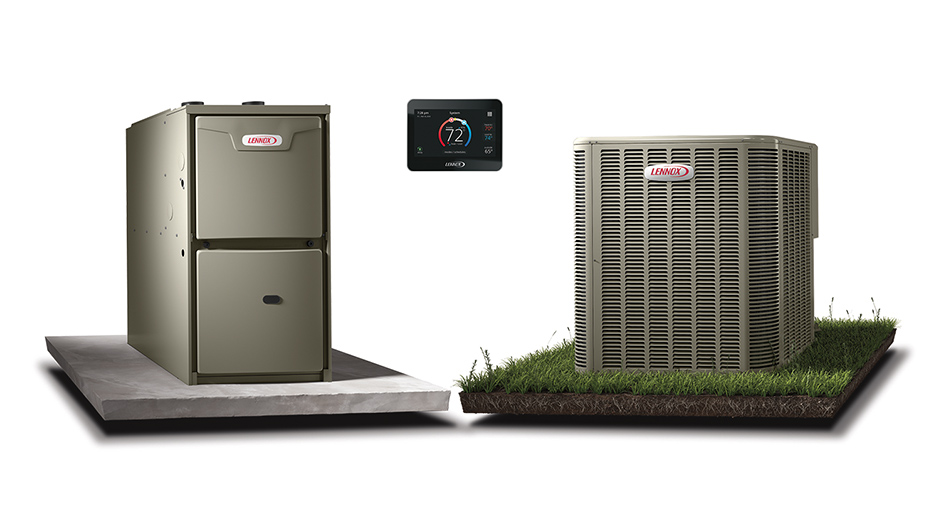
The thought of installing both a furnace and heat pump can feel a little odd at first. After all, why would you need two sources of heat? While furnaces and heat pumps both offer energy-efficient heat, the variations in their design actually make using both of them a reasonable option. It’s not for everybody, but in the right conditions you will definitely benefit from using a furnace and a heat pump.
You’ll want to consider several factors in order to decide if this type of setup helps you. Your local climate and the dimensions of your home are both especially important, namely for the heat pump. This is because many models of heat pumps will function less effectively in cooler weather and large homes. Even so, you can still benefit from heat pump installation in Brookfield.
Heat Pumps May Be Less Efficient in Cold Weather
Heat pumps are commonly less efficient in cooler weather because of how they create climate control to begin with. As opposed to furnaces, which burn fuel to create heat, a heat pump reverses its supply of refrigerant to pull heat from outdoor air. This heat is then drawn inside and circulated around your home. Provided there is still a bit of heat energy in the air, a heat pump can function. But the cooler the temperature, the less effective this process is.
The less heat energy is accessible outside, the more effort is required for a heat pump to draw heat indoors to maintain your desired temperature. It may depend on the specific make and model, but heat pumps can start to lose out on efficiency at temperatures of 40 degrees and under. They should still be an energy-efficient option until 20-25 degrees, after which a gas furnace will be more effective.
What Temperatures Do Heat Pumps Run Best In?
Heat pumps manage best in moderate climates 40 degrees and up. Having said that, you don’t have to give up on the benefits of a heat pump just because your local climate is cooler. As a matter of fact, that’s why using both a furnace and heat pump may be worth the costs. You can favor the heat pump for energy-efficient heat until the weather is chilly enough to warrant shifting to something like a gas furnace.
A few makes and models feature greater efficiency in cooler weather. For example, the Lennox MLA heat pump is capable of operating at 100% capacity at 0°F. It can even continue running in temperatures as extreme as -22°F. For optimal energy efficiency, you’ll likely still want to use the furnace in particularly cold weather.
So Should I Install a Heat Pump if I Have a Gas Furnace?
If you’re interested in maintaining the most energy-efficient HVAC system achievable, owning a heat pump and gas furnace at the same time is worth the investment. Not only is a dual-heating system versatile, but it provides other benefits including:
- A source of backup heating – A redundant heating system means even if one fails, you still have the ability to heat your home. It might not be the most energy efficient, but it’s better than living in an unheated home while you sit around for repairs.
- Reduced energy costs – The ability to decide which heating system you use based on the highest energy efficiency decreases your total costs. Smaller heating bills over the life of these heaters can really add up to plenty of savings.
- Less strain on both systems – Instead of running one system all winter long, heating duties are split between the furnace and heat pump. Crucial parts may last longer as they’re not under continuous use.
If you’re still unsure about heat pump installation in Brookfield, don’t hesitate to get in touch with your local professional technicians. They can review your home’s comfort needs and help you figure out if a dual-heating HVAC system is the better option.
